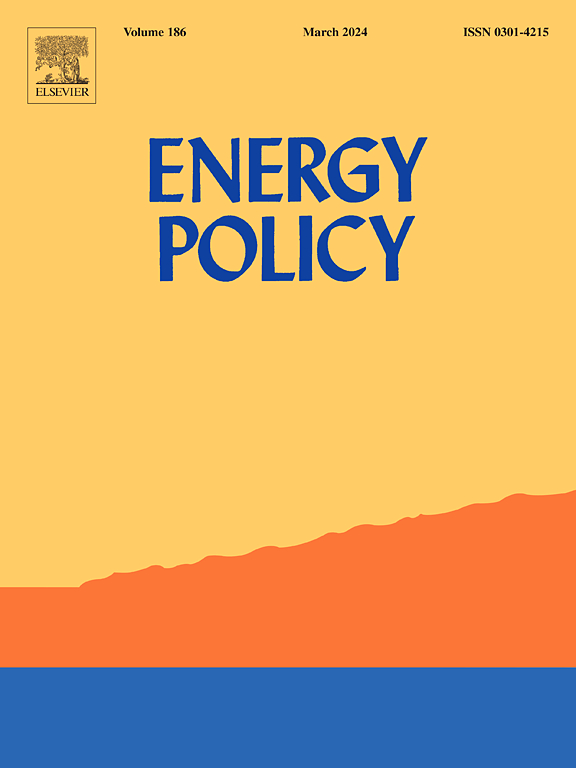Is energy aid a panacea for energy poverty? Evidence from developing countries
IF 9.2
2区 经济学
Q1 ECONOMICS
引用次数: 0
Abstract
Energy poverty remains a critical barrier to sustainable development in the 21st century, particularly in developing countries. Energy aid, which includes financial assistance, technology transfer, and policy cooperation from developed nations and international organizations, has been increasingly utilized to alleviate energy poverty. However, the effectiveness of energy aid in reducing energy poverty and the mechanisms through which it operates remain underexplored. This study employs a panel dataset covering 48 developing countries from 2010 to 2019 to empirically examine the impact of energy aid on energy poverty. Using the system generalized method of moments (SYS-GMM) approach, the findings confirm that energy aid significantly reduces energy poverty. Moreover, the study identifies two key mechanisms: (1) energy aid promotes energy structure upgrading, facilitating the transition to cleaner energy sources and improving energy accessibility and affordability; and (2) governance quality plays a crucial moderating role, enhancing the efficiency and effectiveness of energy aid utilization. Further heterogeneity analysis reveals that the impact of energy aid varies by income level, population density, and the severity of energy poverty, with aid being more effective in higher-income and lower-density regions. These findings offer useful guidance for policymakers, highlighting the need for well-planned energy aid programs, stronger governance, and better energy infrastructure to ensure fair and lasting energy access.
能源援助是解决能源贫困的灵丹妙药吗?来自发展中国家的证据
能源贫困仍然是21世纪可持续发展的一个重大障碍,特别是在发展中国家。能源援助,包括来自发达国家和国际组织的财政援助、技术转让和政策合作,已越来越多地用于减轻能源贫困。但是,能源援助在减少能源贫穷方面的效力及其运作机制仍未得到充分探讨。本研究采用2010 - 2019年覆盖48个发展中国家的面板数据集,实证检验了能源援助对能源贫困的影响。利用系统广义矩量法(SYS-GMM)方法,研究结果证实,能源援助显著减少了能源贫困。能源援助促进能源结构升级,促进向清洁能源转型,提高能源可及性和可负担性;(2)治理质量在能源援助利用中起着至关重要的调节作用,提高了能源援助利用的效率和效果。进一步的异质性分析表明,能源援助的影响受收入水平、人口密度和能源贫困严重程度的影响,援助在高收入和低密度地区更有效。这些发现为政策制定者提供了有用的指导,强调需要精心规划能源援助项目、加强治理和改善能源基础设施,以确保公平和持久的能源获取。
本文章由计算机程序翻译,如有差异,请以英文原文为准。
求助全文
约1分钟内获得全文
求助全文
来源期刊

Energy Policy
管理科学-环境科学
CiteScore
17.30
自引率
5.60%
发文量
540
审稿时长
7.9 months
期刊介绍:
Energy policy is the manner in which a given entity (often governmental) has decided to address issues of energy development including energy conversion, distribution and use as well as reduction of greenhouse gas emissions in order to contribute to climate change mitigation. The attributes of energy policy may include legislation, international treaties, incentives to investment, guidelines for energy conservation, taxation and other public policy techniques.
Energy policy is closely related to climate change policy because totalled worldwide the energy sector emits more greenhouse gas than other sectors.
 求助内容:
求助内容: 应助结果提醒方式:
应助结果提醒方式:


